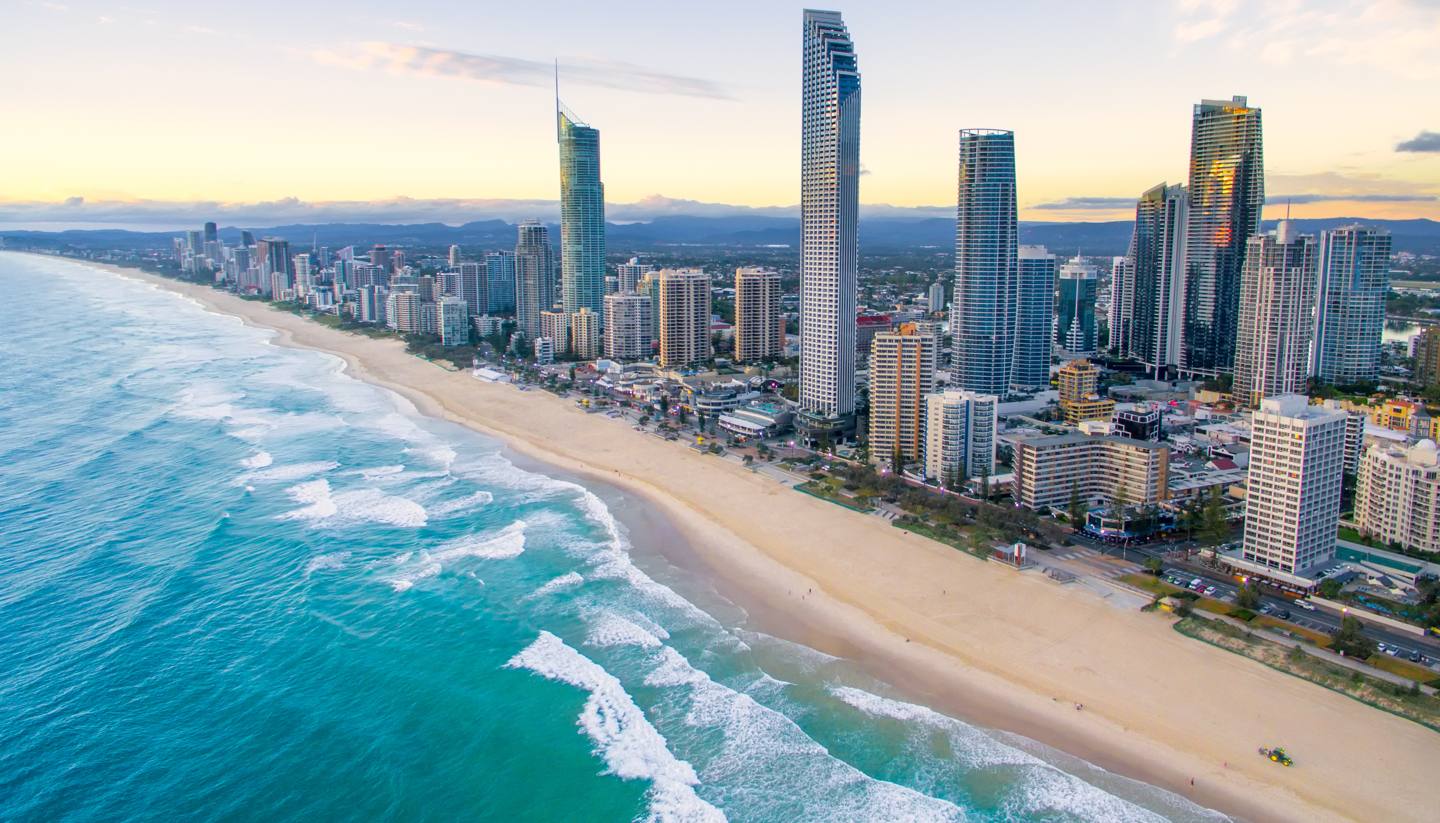Queensland Weather, climate and geography
Weather and climate
Best time to visit
Queensland straddles the Tropic of Capricorn, which accounts for the pleasant climate throughout most of the region. Exceptions are the far north, which is tropical and has a wet and dry season, and the arid western outback, which is fiery hot in summer. Brisbane enjoys an average of 8.2 hours of sunshine daily in the winter.
The period between November to April is generally humid throughout the state, but sea breezes temper the humidity and make for perfect holiday conditions. Typically, the low season runs from December to March, during which the part season on the Gold Coast takes off. However, hotels and hostels are typically quieter and cheaper, offering the same warmth as the summer months. It is extremely important, however, to realise that swimming is unsafe from November to May when the shorelines become home to the migrating box jellyfish. Ocean baths that line the beaches are safe alternatives.
High season typically runs from June to September with a fine and mild climate, that benefits visibility on the Great Barrier Reef.
Required clothing
Lightweight cottons and linens year-round. Waterproofing is advisable in the wet season in the tropical north. Insect repellent and sun cream are essential in all areas of Queensland.
Geography
Seven times the size of the UK, Queensland is known as the 'Sunshine State', priding itself on an average of around 300 days of sunshine a year. Within its borders lies the Great Barrier Reef, miles of golden sandy beaches, national park forests, vast plains, lush rainforests, forested mountains and extensive wilderness areas.
The coastal plains of the north reach out to the Gulf of Carpentaria. East of the Great Dividing Range there are a range of offshore islands which comprise the Great Barrier Reef and other coral formations such as the Whitsunday Islands.
Tropical islands and national parks lie north of Brisbane while the Gold Coast reaches south. Further inland, the ochre-red outback beckons, with former copper and uranium mining towns on the route west to Mt Isa.


